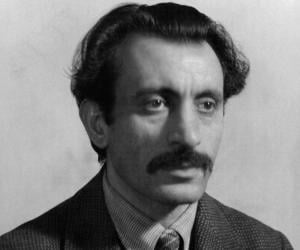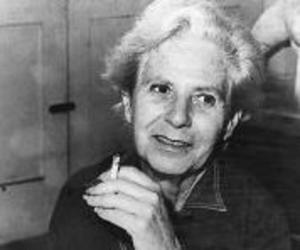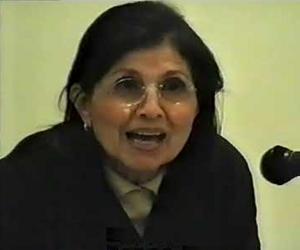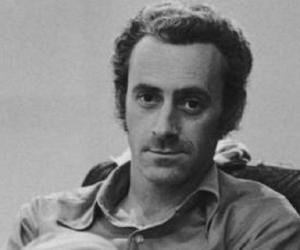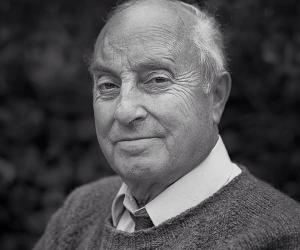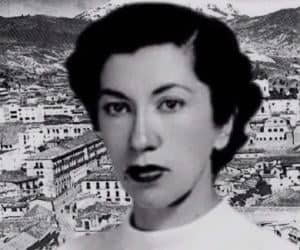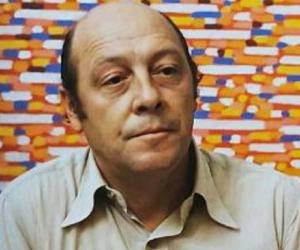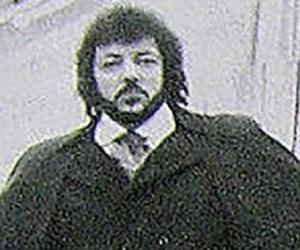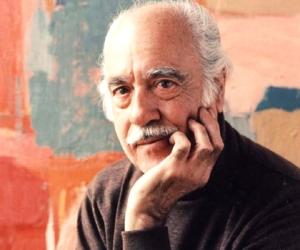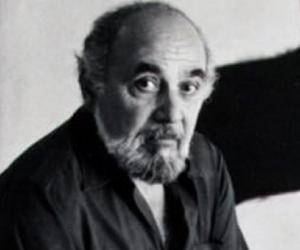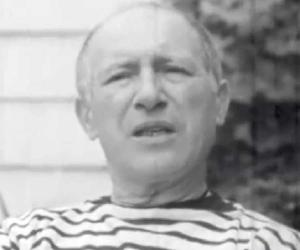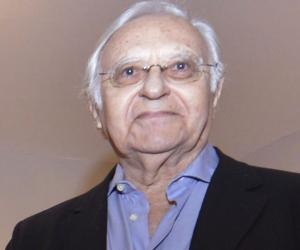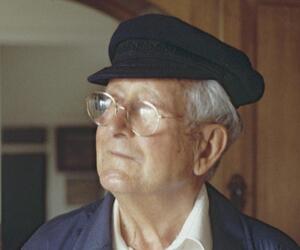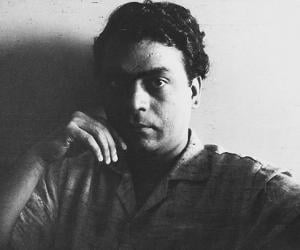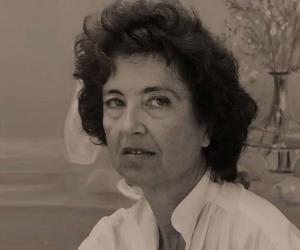Quick Facts
Also Known As: Vostanik Manuk Adoyan, Vosdanig Manoug Atoian, Ոստանիկ Մանուկ Ադոեան, Vosdanig Adoian
Died At Age: 44
Family:
Spouse/Ex-: Agnes Magruder
children: Maro Gorky, Natasha Gorky
Artists Abstract Painters
Died on: July 21, 1948
place of death: Sherman
Cause of Death: Suicide
More Facts
education: National Academy Museum and School
Childhood & Early Life
Arshile Gorky was born Vostanik Manoug Adoian, on 15 April 1904 at Khorgom in Ottoman Empire to Setrag Adoian and Shushanig (Shushan) der Marderosian. His father was a trader.
Arshile Gorky had a half brother Hagop, and three half sisters – Oughaper, Sima and Akabi from his parents’ earlier marriages. He had two siblings – an older sister, Satenig born in 1901 and a younger sister, Vartoosh.
His father left the family and migrated to America in 1908. Post the Armenian Genocide of 1915, Arshile Gorkey escaped into Russian territory with his mother and sister, Vartoosh. However, his mother died of starvation in 1919.
In 1920, Arshile Gorky went to the United States with his younger sister. Upon arriving in America, he changed his name to ‘Arshile Gorky’ in an attempt to reinvent his identity. In 1922, he attended the Scott Carbee School of Art in Boston for a brief period.
Career
Arshile Gorky settled in New York in 1924, and enrolled in the National Academy of Design and the Grand Central School of Art. Later, by 1925 he became an instructor at the Grand Central School of Art and taught there till 1931.
He received minimal formal training and was primarily self- taught, observing works at museums, galleries and reading magazines and books on art. By doing so he became accustomed to the avant-garde European art and went on to learn more about its pioneers such as Pablo Picasso, Paul Cézanne, and Joan Miró.
At the beginning of his career, he was influenced by the works of ‘Impressionists’. But towards the end of the 1920s his art style shifted to be more ‘postimpressionist’.
Most noted works during this period were ‘Landscape, Staten Island’ (1927–1928), ‘Landscape in the Manner of Cézanne’ (1927). Towards the end of the 1920s and beginning of the next decade, he began experimenting with cubism and later moving on to surrealism.
He faced criticism from his peers who said his work lacked originality. Nevertheless, Arshile Gorky emphasized the significance of preserving and carrying forward tradition and stated that any artist can grow only after a period of apprenticeship.
In 1931, his works were exhibited and sold at the Down Town Gallery in New York. Two years later, in 1933, he was among the initial artists to be hired by Works Progress Administration Federal Art Project. Other artists like mark Rothko, Jackson Pollock, Lee Krasner and Alice Neel were later employed in the project.
In 1935, he signed a 3 year deal with the Guild Art gallery, which was cofounded by Margaret Lefranc and Anna Walinska. The gallery arranged his debut solo exhibition for his work ‘Abstract Drawings by Arshile Gorky’. Among the paintings he worked during this phase include the works ‘Nighttime, Enigma, Nostalgia’ (1930–1934), which were a series of paintings.
During the early 1940s, he was well-known in the artistic scene at New York and this gave him the opportunity to get acquainted with members of the Surrealist Group of artists; a group of artists who were on exile from Europe.
He was very much influenced by the works of his friend André Breton along with other surrealist artists such as Roberto Matta, who helped in nurturing his mature style by encouraging him to work with biomorphic patterns. Roberto Matta also introduced him to the technique of automatic drawing. These influences are visible in many paintings created by him during the early 1940s especially in ‘The Liver is the Cock’s Comb’.
His works were known to involve natural and organic forms that he portrayed with lots of sensual energy. His pure original abstract works were known to incorporate his memories from childhood i.e., the fields and orchards, gardens and depiction of nature etc.
His works are exhibited at multiple galleries and museums like the Whitney Museum of American Art in New York City, Modern Art Museum in Fort Worth, National Gallery of Art in Washington D.C, the Museum of Modern Art in New York City, the Art Institute of Chicago, and the Tate in London.
Major Works
Arshile Gorky was a renowned painter known for his works on ‘abstract expressionism’. His notable works include ‘Landscape in the Manner of Cézanne’ (1927), ‘Nighttime, Enigma, Nostalgia’ (1930–1934) and ‘The Liver is the Cock’s Comb’ (1944).
Personal Life & Legacy
Arshile Gorky was known to have proposed his muse, artist Corinne Michelle West multiple times for marriage but she refused.
In 1941, he married Agnes Magruder, daughter of Admiral John H. Magruder. The couple had two daughters, Maro and Yalda. Yalda was later renamed Natasha. In 1946, Agnes Magruder was romantically involved with artist Roberto Matta and two years later she left with her kids and married British writer Xan Fielding.
Arshile Gorky faced multiple catastrophes in 1946, when his studio was burnt down, and the same year he had to undergo a painful colostomy surgery for rectal cancer. Two years later, he met with an accident, which temporarily paralyzed his painting arm.
On July 21, 1948, Arshile Gorky hanged himself to death at Sherman, Connecticut. He was 44 years when he died.
In 2005, his family formed a non-profit corporation named the ‘Arshile Gorky Foundation’ to talk about the life, achievements and works of the artist.
Trivia
Stephen Watt created a poem titled The Verb ‘To be’ (Gramsci & Caruso, Periplum 2003), which is dedicated to Arshile Gorky.
See more:


